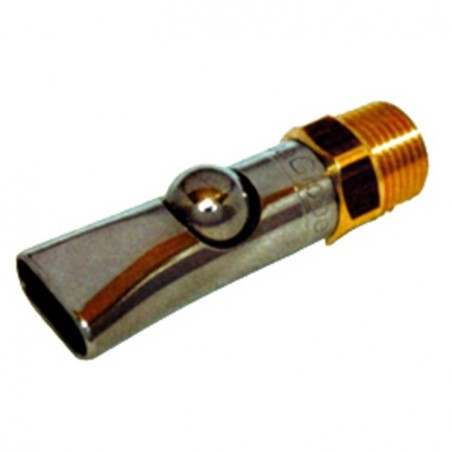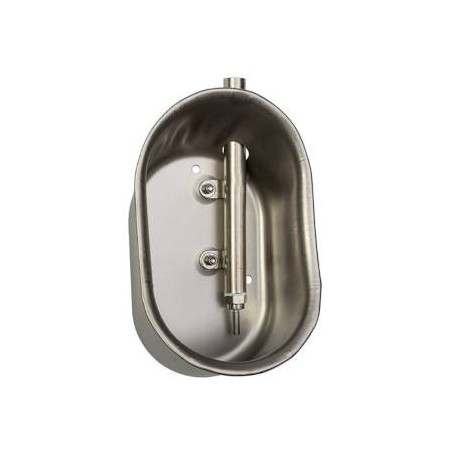The seeds of carobs are considered the most valuable part of the fruit, carob pulp can be considered, as a by-product resulting from the processing procedure and could find valuable application as local and cheap feed resource for livestock nutrition. Carob pulp is characterized by low protein and fat content. However, it contains high levels of sugars, particularly low molecular weight carbohydrates and has a favourable fatty acid composition due to the presence of essential fatty acids, such as linoleic and alpha-linolenic acids and might represent a natural source of desirable fatty acids in the diets of concentrate-fed animals. The objective of this study was to evaluate the effect of the inclusion of two different levels of carob pulp in the finishing diet of pigs on the intramuscular fatty acid composition and oxidative stability of meat. Twenty-seven Pietrain x Large White barrows, pigs were randomly assigned to one of three experimental treatments (9 animals per group). Control group was fed with a commercial finishing concentrate-based diet. The other two groups received a diet comprising of the same ingredients as the control diet with 8% or 15% carob pulp.
The dietary treatments did not affect animal weight and slaughter performances. Feeding carob-containing diets reduced the concentration of saturated fatty acids in the muscle, increased the concentration of monounsaturated fatty acids in meat (P < 0.01) and of n-3 polyunsaturated fatty acids (PUFAs) and reduced the n-6/n-3 PUFA ratio (P < 0.001). The meat underwent slow oxidative deterioration over 9 days of storage. However, the Carob 15% treatment increased meat susceptibility to lipid oxidation across storage (P = 0.03), while the dietary treatment did not affect meat colour stability.

In conclusion, the inclusion of carob pulp could be an efficient and economical feeding strategy in the Mediterranean area. These results demonstrated that up to 15% of carob pulp can be included in the diet with no adverse effects on the growth performance. Furthermore, the inclusion of carob pulp improved the nutritional value of pork by increasing the concentration of monounsaturated fatty acids and of n-3 polyunsaturated fatty acids and reducing the percentage of saturated fatty acids.
Inserra, L., Luciano, G., Bella, M., Scerra, M., Cilione, C., Basile, P., Lanza, M. And Priolo, A. 2015. Effect of including carob pulp in the diet of fattening pigs on the fatty acid composition and oxidative stability of pork. Meat Science, 100; 256-261. doi:10.1016/j.meatsci.2014.09.146






